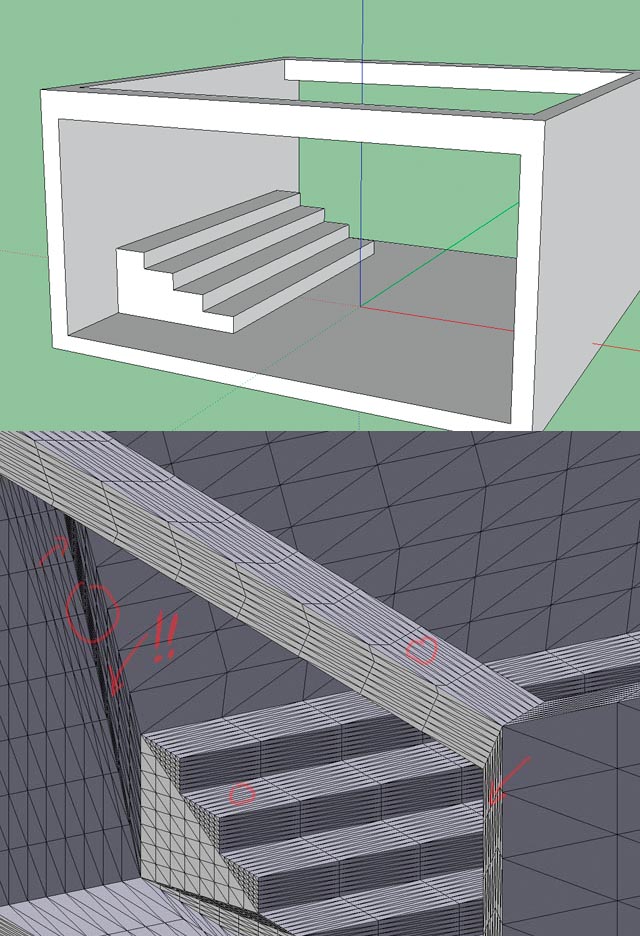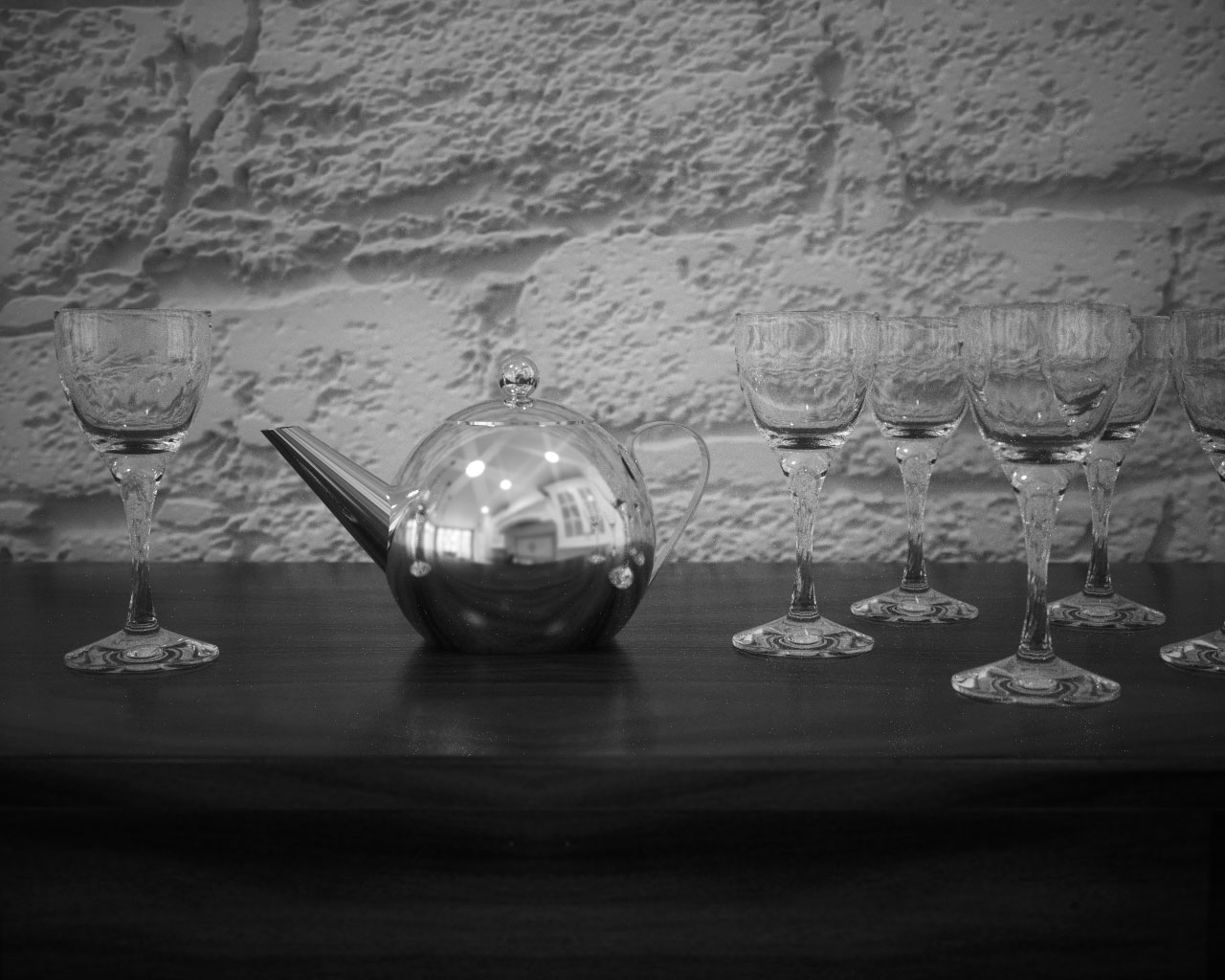Simple scene
-
Hi Majid,
Thanks for the info.
For the divided wall, what dictates the means of subdivision? For example, why did you choose to have it 20x20 rectangles? Then why was the value 6?
This is where is struggle to understand displacement.
-
Very nice Majid, impressive scene.
Square subdivisions work better. Here we have a wall and its easy. Now try a arc opening in the middle or even a rectangular opening without the use of guides - lines. Test disp on a cylinder, you have to subdivide it first like the wall, loops so to have as square as possible faces. See what will happen with subdivisions then. Just curious. This is the problem with displacements. This is why the industry prefers normal mapping. Not as good but really faster and topologically independent. For this case here, probably the same result. Thea supports it. -
If normal maps is created properly, it do give really really conniving results and fast (comparing to displacement). If one cannot see the silhouette of the model, I think then displacement might not give any additional benefit when comparing the cost with render time. Best results I seen are with displacement + normal mapping (no micro bump).
If you want to resume rendering, you need both, scene and image file. Load scene first and then *.img.thea and resume from Render>Resume.
-
+1 notareal
But how to construct normal maps? Except of using sculpting tools like blender, 3dcoat or zbrush or Mb. A known plug of gimp bakes normals from image but I believe that these work as bumps, haven't seen any difference.
Let me show you what could happen after 3 subs in geometry.
Except if there was a way to use loops in SU modeling, but this is a wish. I know that there are subdivision plugins but this doesn't belong to SU UI exactly.

-
Obvious way is to create normal map from a high poly model with blender or some other suitable tool, but that's not the only way. Other ways are with photography or 3d scanning.
Also there are programs that can calculate 3d space based on few photos and then generate normal map.
http://zarria.net/nrmphoto/nrmphoto.html -
thanks Notareal , verry informative
-
@notareal said:
Obvious way is to create normal map from a high poly model with blender or some other suitable tool, but that's not the only way. Other ways are with photography or 3d scanning.
Also there are programs that can calculate 3d space based on few photos and then generate normal map.
http://zarria.net/nrmphoto/nrmphoto.htmlThanks for that information- i never cared much for normal maps (as far as searching for textures on the web and creating bump maps for them worked quite well)..
OT: now i ran into difficulties wanting to have a stacked stone wall with several stones coming out. So i 'm giving it a try to make displacement maps for that.. :OT
Its possible building up some high-poly model (which would take ages to render eg. rocks) light them from 4 sides and export the result. Add them in PS and generate a normal map. Use diffuse lit rendering of the high-poly model as texture on flat surface and add the generated normal map.
Maybe not the same high quality result but timesaving. Correct?
-
If you have high poly model you simply can bake a normal map from it with blender or some other program and use that normal map for a low poly model. No need for lighting tricks.
-
@unknownuser said:
If you have high poly model you simply can bake a normal map from it with blender or some other program and use that normal map for a low poly model. No need for lighting tricks.
UVs first of course. Try to have less seams-islands as possible though, they tend to be visible on normal maps.
To light and bake textures is a great dirty trick though, useful for less capable rendering engines than Thea. In this case prefer AO lighting only, no other lights.
I posted here some rocks baked this way, sometime ago. http://forums.sketchucation.com/viewtopic.php?f=81&t=31246&start=15
You can download the low poly rock and play with it. I also posted low def versions of bumps and normal maps, try to play with them. A 2048x2048 texture map works much better though. -
Wow. I really like the last image.
-
thanx mates , for sharing. here is another gray scale using Thea CRF option.

-
Wow nice one majid.

-
Wow.
Tri-X Pan.

-
Thanks michaliszissiou and noareal- good information, i was wondering what people meant when they talked about baked..

Majid, great renders!
Advertisement







